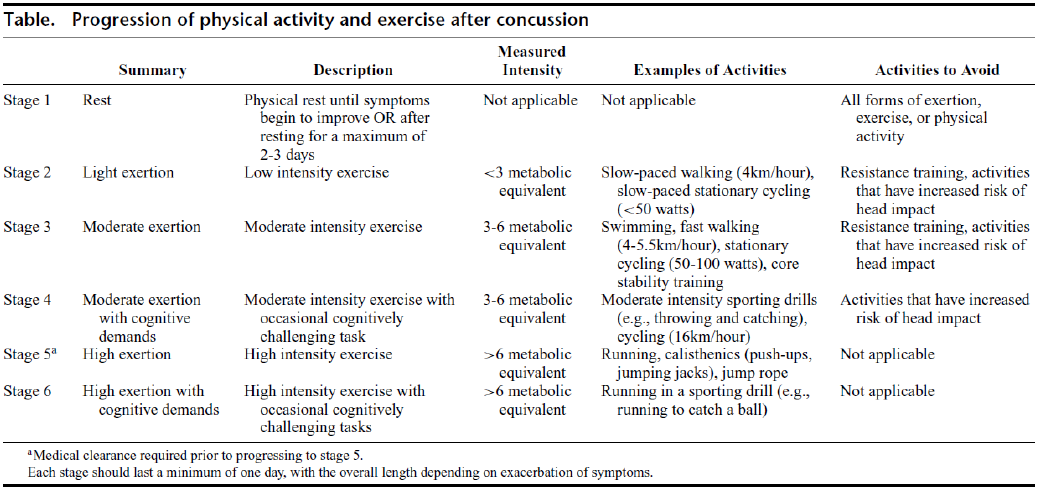Concussion
QA Bulletin Q3 Concussion.pdf
"Concussion is recognized as a clinical syndrome of biomechanically induced alteration of brain function, typically affecting memory and orientation, which may involve loss of consciousness (LOC)."
Giz C, Et al. 2013 AAN. Summary of Evidence Based Guidelines Update: Evaluation and management of Concussion in Sports. Neurology 80; June 11, 2013
The Role of Physical Therapy in Concussion Rehabilitation
This article reviews the multi-modal approach to post-concussion treatment. Concussion symptoms are widely variable and recovery is influenced by many factors, therefore, an individualized treatment approach is needed for the best outcomes. The largest predictor for prolonged recovery is the severity of the initial symptoms in the first few hours or days after injury. The recommendation is a combination of graded exercise, vestibular and oculomotor training, and cervicogenic rehab to facilitate a faster return to function and a more complete recovery. Although initial rest is recommended, prolonged rest is linked to slower symptom resolution.
Seminars in Pediatric Neurology (July 2019)
The Role of Physical Activity in Recovery From Concussion in Youth: A Neuroscience Perspective
This special interest article examined studies that use neuroimaging to characterize the complex and dynamic changes in the brain following concussion. The evidence supports participation in physical activity after an initial and brief period of rest (< 3 days) with gradual progression as indicated in the following table.

Journal of Neurologic Physical Therapy (July 2018)